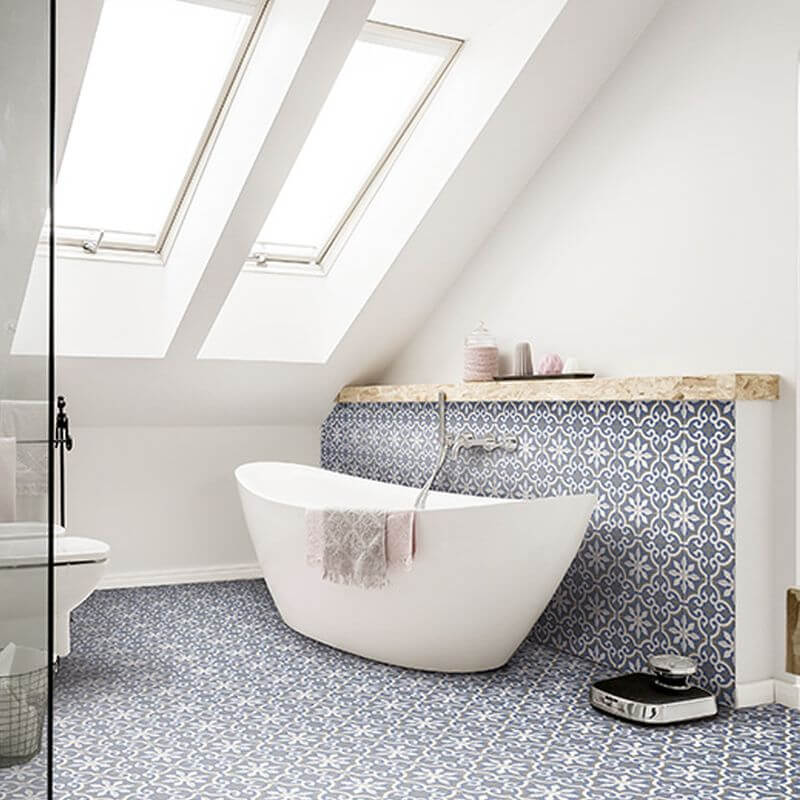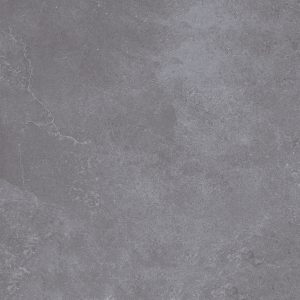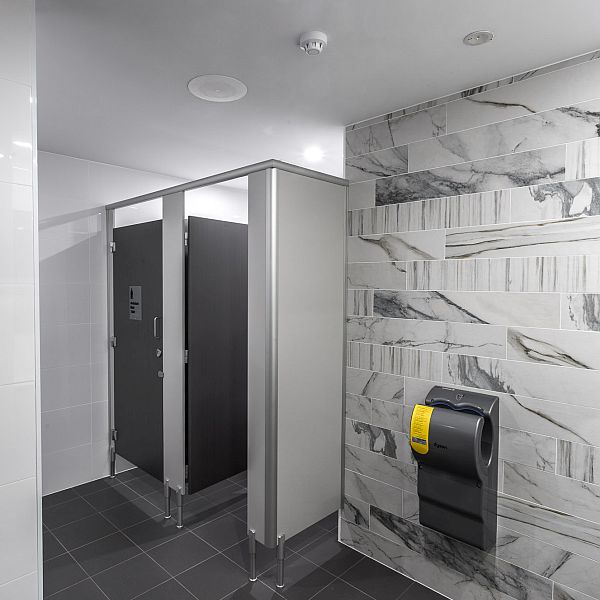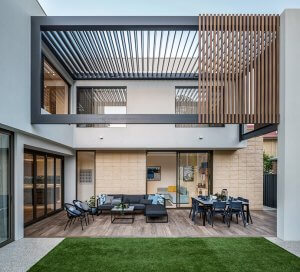
The arrival of summer often means new renovation projects, with many people finally having time and good weather on their side. If you’re looking to renovate your house but haven’t decided which tiles to consider yet, we’ve put together our top picks for summer:

Stone Look Tiles
A current trend still growing in popularity, stone look tiles utilise the latest advancements in digital tile technology to achieve the aesthetic of stone tiles without encountering the hassles of real stone. Able to be used in both modern residential homes and commercial designs, stone look tiles are also both stain and slip resistant and require no sealing. These popular tiles provide the following benefits:
- Stylish: available in endless variation of colours, textures and sizes, there’s a stone-look tile option to suit everyone.
- Versatility: applicable to various surfaces, stone-look tiles are highly durable, as well as being less porous and heavy than natural stone, meaning there are no limits for use.
- Low maintenance: Great for high use surfaces and areas like bathrooms and kitchens, these tiles can withstand wear and tear, retain their original condition for longer and are moisture resistant.
- Affordable: great quality tiles at a low price, stone look tiles are less laborious to install and made from porcelain, resulting in both lower production and installation costs.
Our top recommendations:
- Roma Silver: a classic travertine look great for new bathrooms, main floors, shower walls and features.
- Lime Quartz Grey: the perfect balance between stone and porcelain, used for main floors or bathroom walls.
- Stream Bone: an accurate imitation of stone look and feel, great for main floor areas into bathrooms.
- Stone Valley Sale: a multi-coloured complex layered tile that mimics aged stone, suitable for internal floor, wall and external applications.
Timber Look Tiles
Timber look tiles combine aesthetic appeal and practicality to provide a great alternative to natural hardwood. These unique tiles are becoming even more popular as people experiment with timber accents in new areas like bathrooms due to their waterproofing abilities and durability. Affordable and maintenance free, timber look tiles imbue a room with warmth and style, creating a modern take on a classic look.
Our pick this summer:
- MyWood Miele: an affordable Italian tile that is both maintenance free and pet proof, while still providing a fresh and timeless look (also available in two other colours).


Decorative Tiles
Decorative tiles are on the rise, with lots of customers looking for interesting textures, shapes or colours in order to create a room with a unique look. Great for feature walls and splashbacks, decorative tiles add dimension and flair to a space, also working as a statement piece. Here at CTS, we have a great range of mosaics, from ceramic and glass, to porcelain and stone.
We recommend:
Artisan Snow Brillo or Artisan Snow Matte: a traditional handmade tile look, great for a feature wall in the kitchen or bathroom. Each tile’s random multi coloured shade ensures every project is different.
Perth’s Tile Specialists
If you’re looking for the perfect tile for your home or project, get a jump start on the summer trends and browse our extensive range of quality tiles for inspiration. Contact us for more information or visit one of our showrooms in Wangara or Myaree to see our full range in person.
View our range of tiles
Dawn Mid Grey Matt
Dawn Light Grey Matt
Dawn Ivory Matt
Dawn Dark Grey Matt
Calacatta Gold Matt
Gloss Black Subway 100×300
Matt Black Subway 100×300
- Sale!
Garda Torbole GRIP 600×1200
Original price was: $110.00.$50.00Current price is: $50.00.25 in stock


















